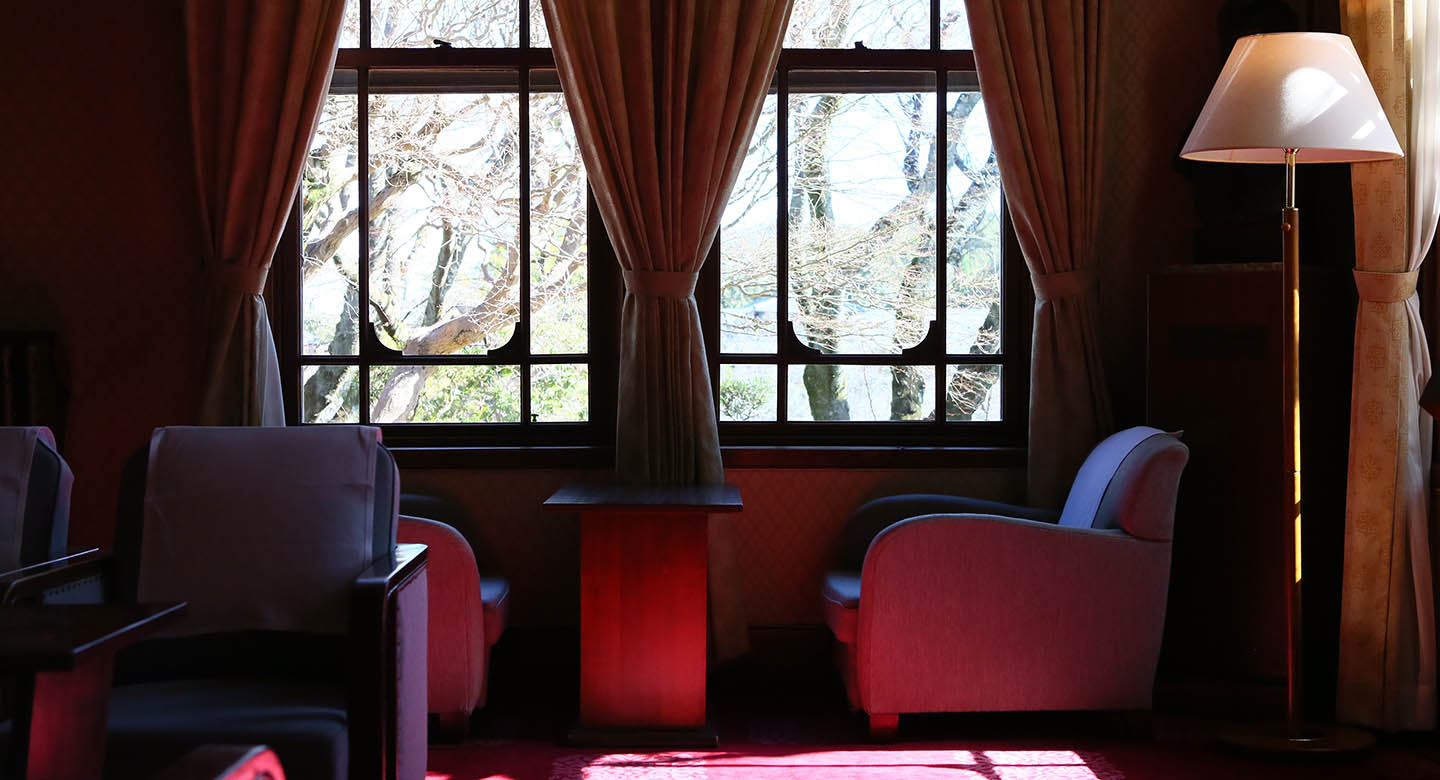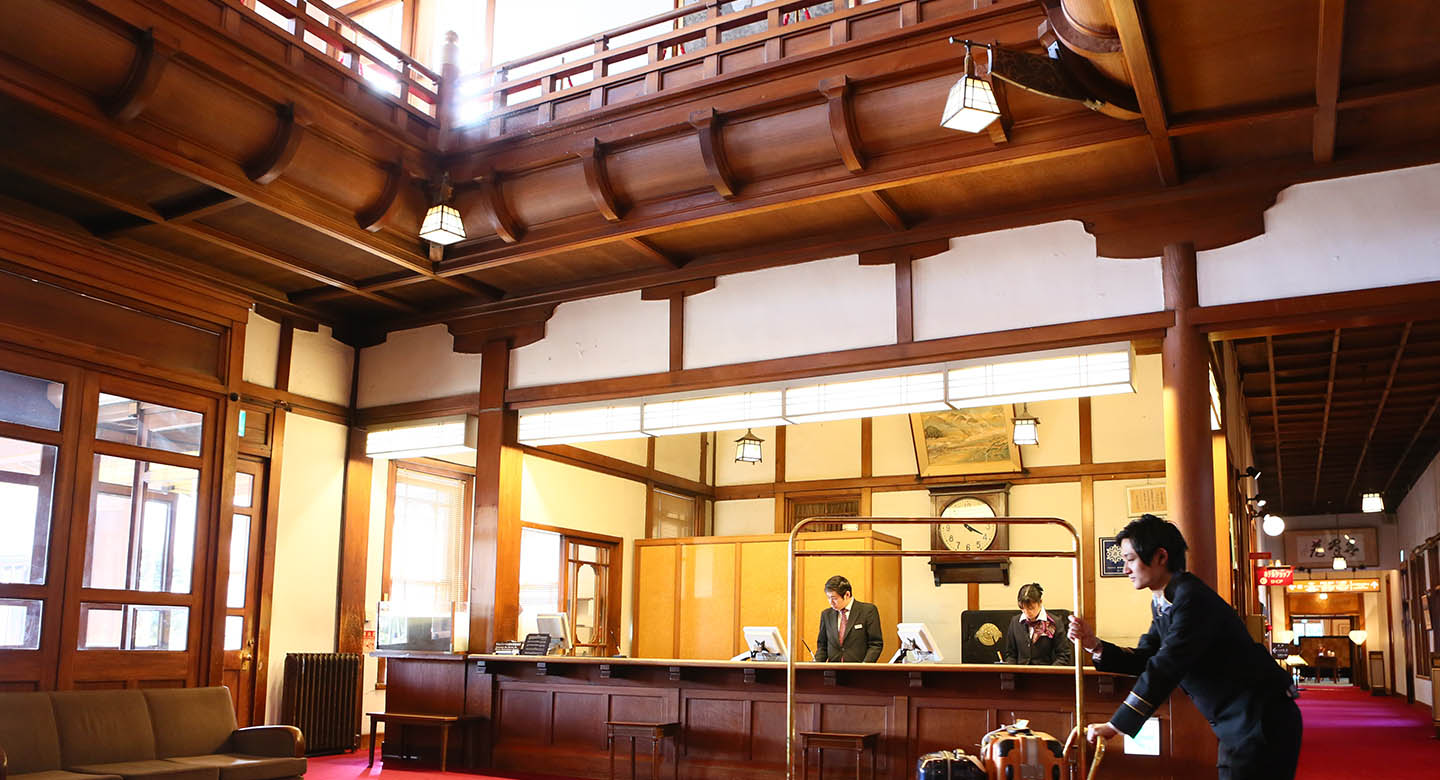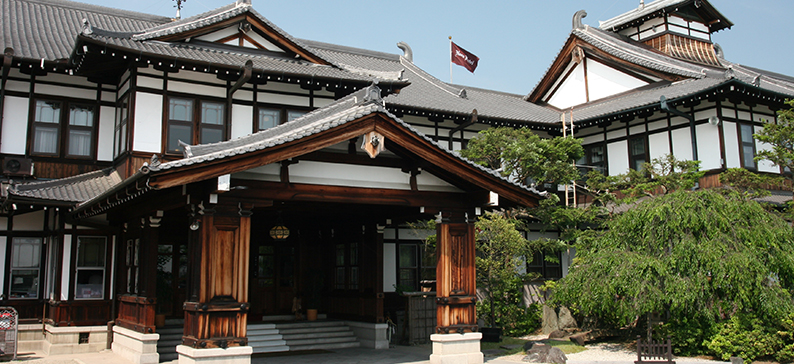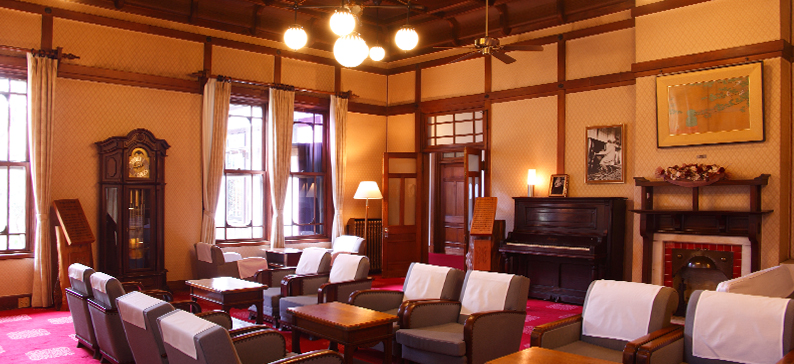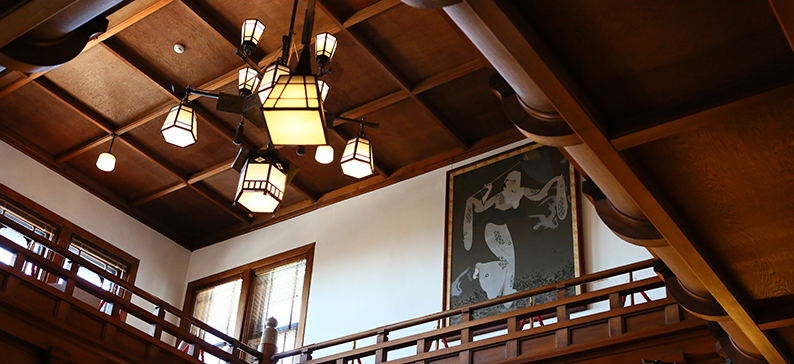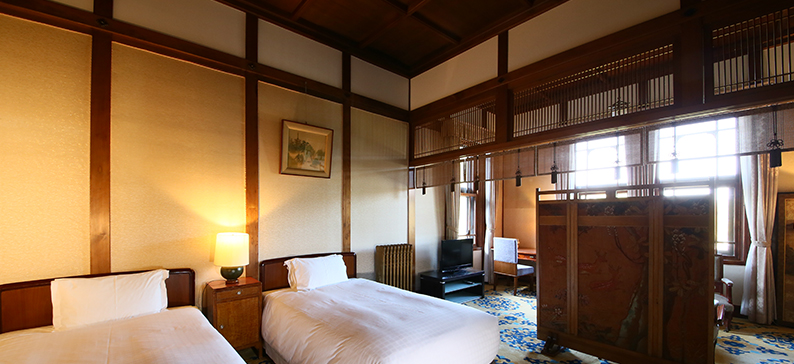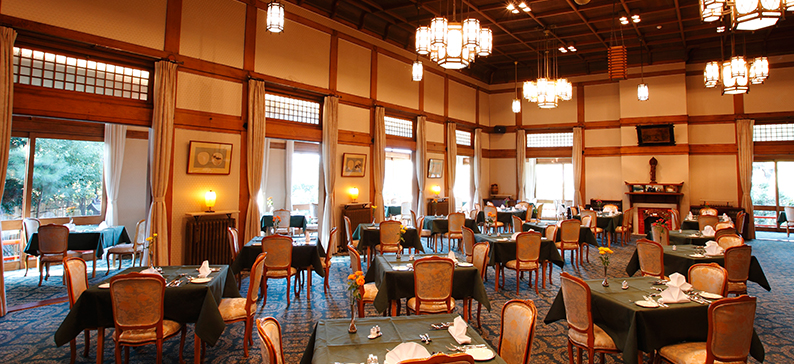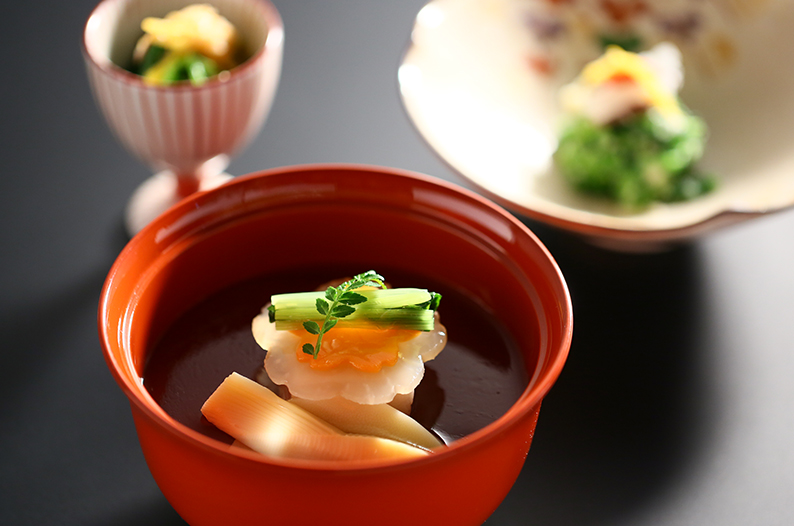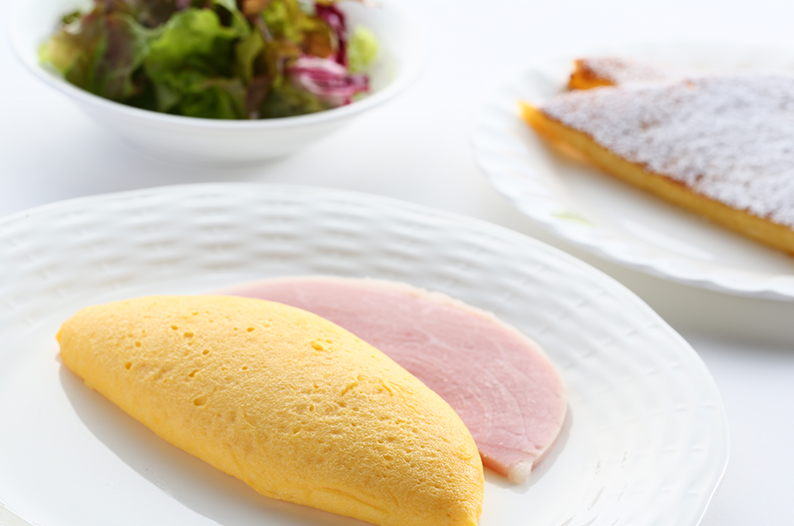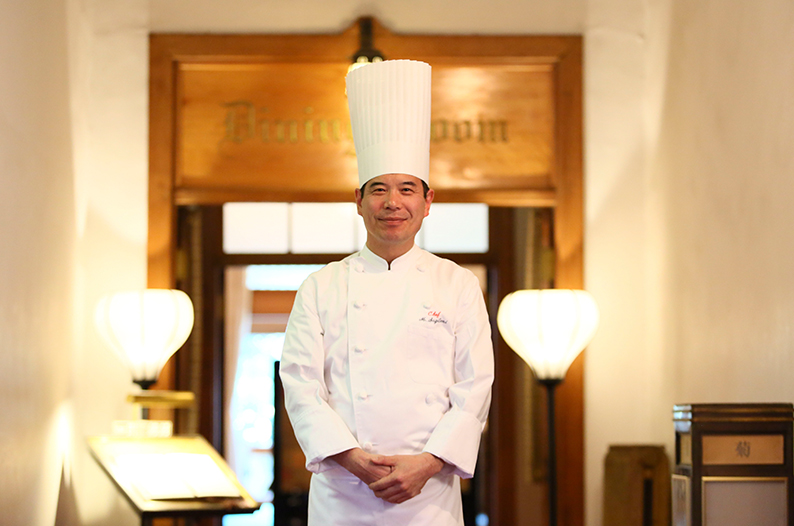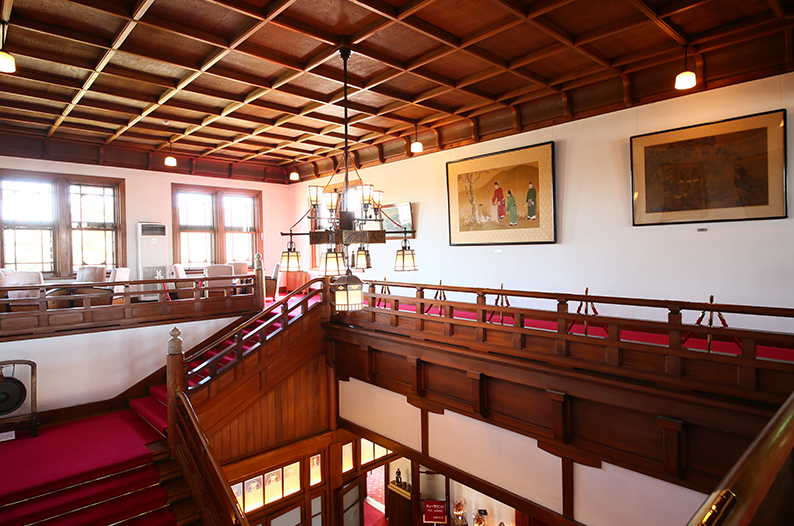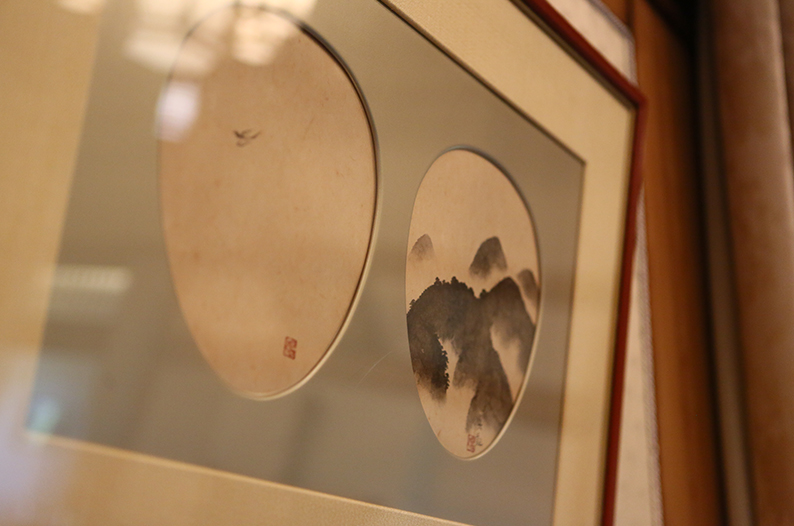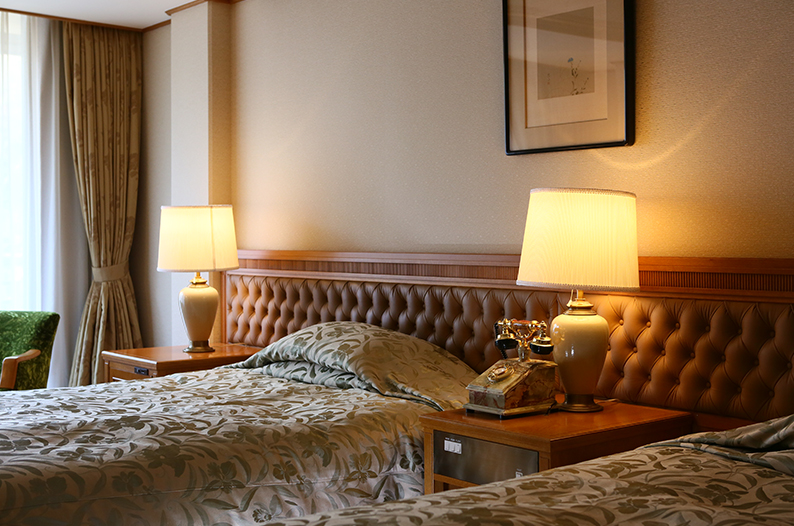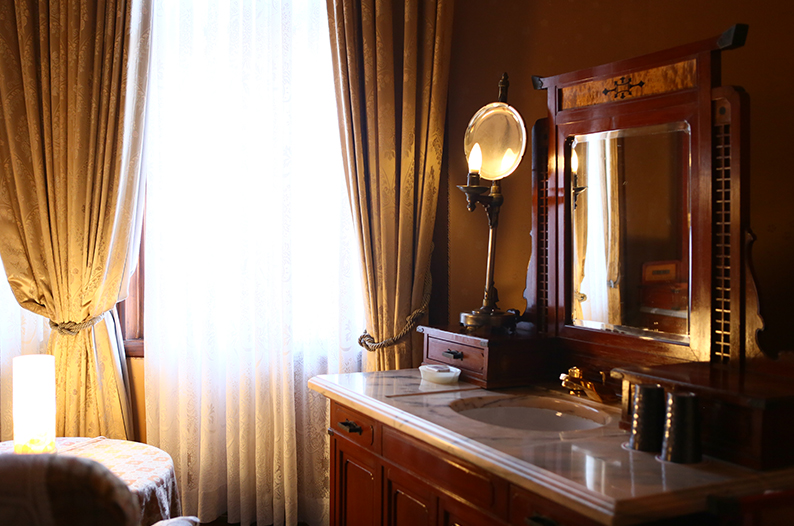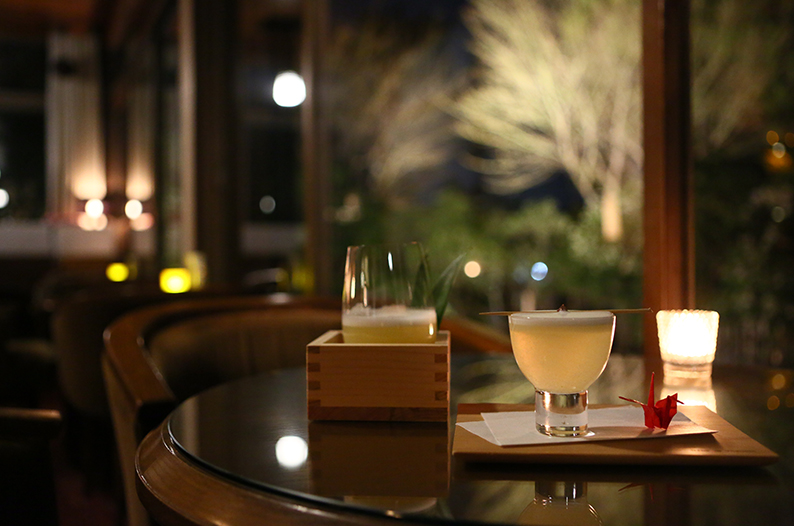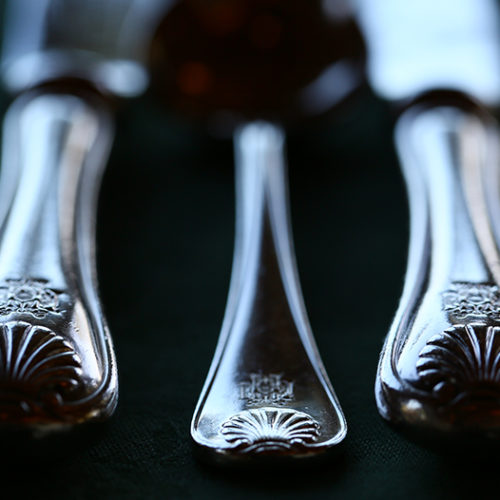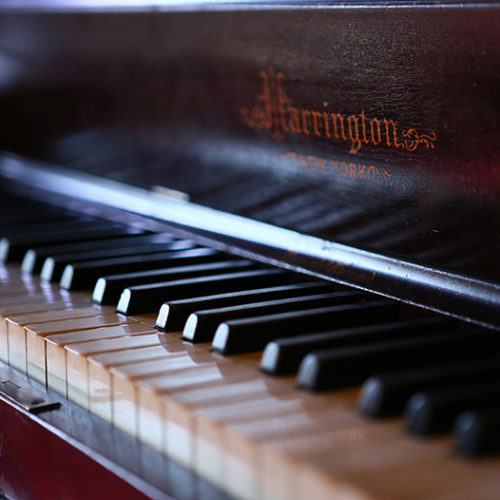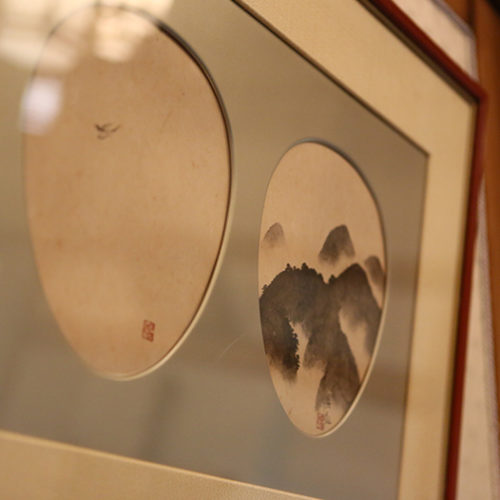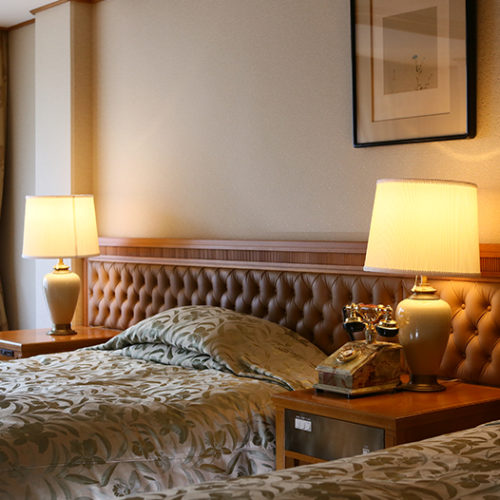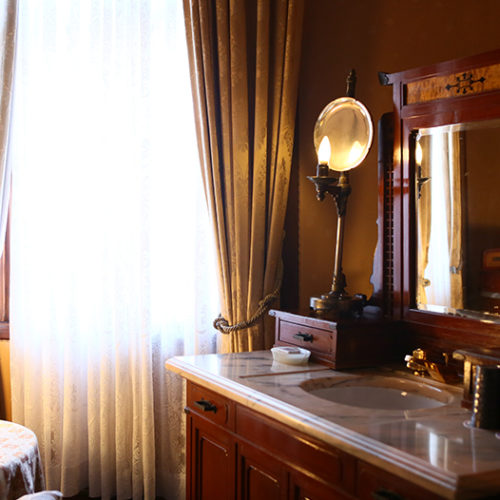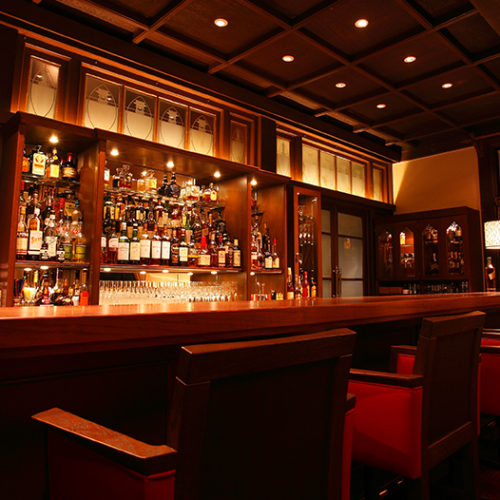Nara Hotel
Nestled in nature among temples and shrines, Nara Hotel is a Japanese classic. International dignitaries have called it their home away from home for over a century.
NARA
Japanese-Style Red Carpet Treatment
Kyoto may be the first place that comes to mind when we imagine the most ancient Japanese city. But Nara is even older than Kyoto. It was the capital of Japan from the year 710 to 794, and was the center for trade with China and Korea. Today, visitors can still encounter buildings that date back to the 8th century.
My destination for the night is tucked inside the grounds of Nara Park. Its sprawling grounds are punctuated by structures including the Todaiji and Kasuga Taisha Shrines, and the Nara National Museum. Many families of deer roam around freely. These wild animals are considered sacred–symbols of the gods–and are registered as a “Natural Monument.”
Feeling at home amongst the docile creatures, I look up at Kofukuji’ five-story temple pagoda. As I amble along, admiring the sunshine coming through the trees, my eyes land on an elegant wooden structure in the distance: Nara Hotel. As it comes into view, I’m impressed by the large wooden pillars and traditional plaster walls. But the second I step inside, I find I’m unexpectedly standing on a red carpet.
Nara Hotel opened its doors in 1909. It was built in response to an increase in foreign visitors to Japan after the war between Japan and Russia ended in 1905. Not only did it cater to foreign tourists, it also welcomed many Japanese VIPs. Rumour has it that construction cost upwards of 7 times the original budget.
Kingo Tatsuno, one of the leaders of modern Japanese architecture, specialized in Western-style red brick construction, but his design for the Empire Museum (currently the Nara National Museum), built 15 years prior, was criticized for looking out of place. So Tatusno created a proposal that incorporated both European and Japanese influences. Now I understand why it looks Japanese on the outside, but with Western characteristics on the inside.
The red carpet, the airy entrance, and the chandelier overhead set the tone for the rest of the interior. The chandelier design is based on the lanterns of close-by Kasuga Taisha Shrine. The ornamented bannisters that accompany the stairs also make an impression.
I’m mesmerised by the fireplace opposite the front desk. It has a red torii gate on its stone mantelpiece. I thought this fireplace was a place of worship, but later found out it was a decorative feature symbolizing the balance between East and West. The lobby windows feature warped glass which highlights the greenery outside. I notice there’s a piano in the corner. I’m told that Albert Einstein played a tune on it when he stayed at the hotel in 1922. That same year, Prince Edward of Wales (later Edward the 8th) was also a guest here.
The gentle way the staff share these anecdotes with me as they show me around is so in tune with our surroundings. It’s clear to me how proud they are of their establishment, and the affection they feel for it. Some of them even speak perfect English, which is also comforting.
After check-in, I follow the bellboy up to my room on the second floor. As I start up the stairs, the wood groans under my feet. The landing features an old sofa and there are traditional Japanese prints on the walls. These items speak to the regal history of this hotel. In the corridor, there is another, smaller chandelier matching the one downstairs. I imagine how impressed the early visitors must have been with all the sumptuous details of this place.
The windows in my room are large, and I can make out the ridges of Mt. Wakakusa. Another light fixture catches my eye. It’s also an expression of East meets West. When I notice the fireplace, the bellboy tells me they were used to heat all the rooms. But steam heating was introduced in the Taisho era, and the same system is still in use today.
As I recline on the sofa, I take in all the details of my room. The roof and pillars are made of wood and even feature Kugikakushi, a traditional Japanese way to conceal the heads of nails, but I see that my bed is enveloped in crisp white linens. East blends into West seamlessly as my gaze wanders from one spot to another. Beautiful.
I leave my room for dinner at sunset. The hotel appears transformed, as if it were a beautiful woman who has slipped into an evening gown. The railings and stairs are glossy and the soft light of the chandelier bathes the space in a warm glow.
The atmosphere of the main dining hall is breathtaking. The chandelier here glitters, unlike the one in the lobby, making me feel like I’m in a European ballroom. But the latticed ceiling and gold-leaf covered sliding doors, along with the Buddha statue on the mantlepiece remind me I’m still in Japan. I’m so taken by the décor that I nearly bump into a table.
The last emperor of the Qing Dynasty, Henry Pu Yi, stayed at Nara Hotel in 1935. The staff tell me that special tableware was created just for him. I tilt my glass, imagining him across from me in these decadent surroundings.
Nara Hotel challenged my preconceived notions that Japanese and European style should not coexist. I felt that Japanese integration of foreign cultural elements verged on brazen cultural appropriation. But Nara Hotel feels like a natural and harmonious fusion of both sides. My night at this gem of a hotel makes me appreciate the true meaning of luxury and elegance.
By Haruka Mura
October 08, 2016
Nara Hotel information
Address
1096, Takabatake –Cho, Nara-shi
TEL:0742-24-1151
http://www.narahotel.co.jp/
| Number of rooms | 127 |
|---|---|
| Internet | Available |
| Credit card | Major credit cards accepted |
| Check in / Check out | 3pm / 11am |
| Language | English available |
| Price range |
Additional Information about Nara Hotel
Vegetarian & haral & vegan menu available by reservation
Recommended restaurants
Noroma (Ramen) - 3-1531, Minamikyobatecho, Nara-shi - TEL: 0742-63-5338
Yuza (Sushi) - 3-2-5, Ukyo, Nara-shi - TEL: 0742-71-4446
Koube-Tei (Kushi-Katsu) - 4-303-3, Omiya-cho, Nara-shi - TEL: 0742-34-9501
Tsuruyoshi (Traditional Japanese) - 22-1, Wakido-cho, Nara-shi - TEL: 0742-26-7798
Ristorante i-lunga (Italian, Reservation Only) - 16, Kasugano-cho, Nara-shi - TEL: 0742-93-8300
Gen (Soba) - 23-2, Fukuchiin-cho, Nara-shi - TEL: 0742-27-6868
- TOPSTAYNara Hotel
- TOPDESTINATIONSNARANara Hotel
